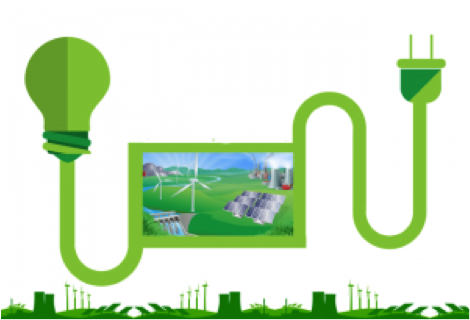19 March 2015
Climate: the importance of carbon-free electricity


Beyond alarmist conclusions of the IPCC’s recent reports, the Panel has also put forward several recommendations that should help in the fight against the effects of climate change and slow down the process. Among them, developing a carbon-free electricity mix is the prerequisite of any consistent climate strategy …
The IPCC recommends a number of measures including coastal protection, the development of technologies for water storage and irrigation performance, new agricultural practices, the deployment of health warning systems, moving habitats etc. To slow down global warming, the prerequisite is to develop energy efficiency measures, invest heavily in renewable energy, but also to ensure that every state could benefit, in the medium term, of a low-carbon electricity mix, at least at level of 80%.
Objective: an electric mix “CO2 free”!
It is interesting to go further on this last recommendation, and analyze the reason behind. By nature, electricity is an energy that is not substitutable by any other in many uses, especially the ones which are rapidly increasing (telecommunications, computer, digital business, air conditioning …). This is what is called the specific uses of electricity. In the economy of the future, it would be counterproductive from a climate point of view to require, for those specific (and essential) uses, the consumption of high-carbon electricity.
Moreover, in many other cases, carbon-free electricity can advantageously replace the use of fossil energy. It’s the case for heating of individuals or commercial buildings, industrial processes and, above all, transports (electric vehicles, trams, trains). Indeed, developing, for example, the use of electric vehicles powered by electricity generated from coal would be inconsistent with climate policies.
Six states far ahead
Therefore, we can easily understand the importance of the recommendation of the IPCC. Without carbon-free electricity, energy policies cannot reach satisfactory results from a climate perspective. Develop a carbon-free electricity mix is the prerequisite of any consistent climate strategy. But when we analyze the compliance with this recommendation of countries from the rest of the world, the least we can say is that we are far from an ideal situation. At the moment, only six states have managed to implement this criterion of at least 80% carbon-free electricity. For two of them, this criterion is achieved through great natural advantages. This is the case for Iceland, which reached the perfect score of 100% from hydro (70%) and geothermal (30%), and Norway where hydroelectricity enables the country to reach 97%.
For the other four countries, only the nuclear / hydraulic combination can enable the achievement of the recommended ratio. This is the case of Switzerland, 95% (37% nuclear, 58% hydro), France, 90% (77% nuclear and 13% hydro), Sweden, 85% (40% nuclear and 45% hydro), and Brazil, 78% (3% nuclear and 75% hydro).
While, energy transition policies are being implemented almost everywhere, and France is reopening the debate on its own energy transition law, this little comparison shows in particular that, for the moment, no one has been able to reach the threshold of 80% using only second-generation renewable energies (PV and Wind power, mainly). But, France provides, so far, a remarkable performance being the world’s fourth highest ratio of carbon-free electricity. If there is still a long way to go, to meet the recommendations of the IPCC, we should at rely on those who already strongly contribute to reducing greenhouse gas emissions…
Find out more
02 June 2020
“Long live Europe”: it’s time for Europe!
25 February 2020
Brexit: love last 47 years


About us
The Union of the French Electricity Industry is the trade association of the French electricity sector. We bring together companies from the whole value chain of the electricity industry.
Find out more









